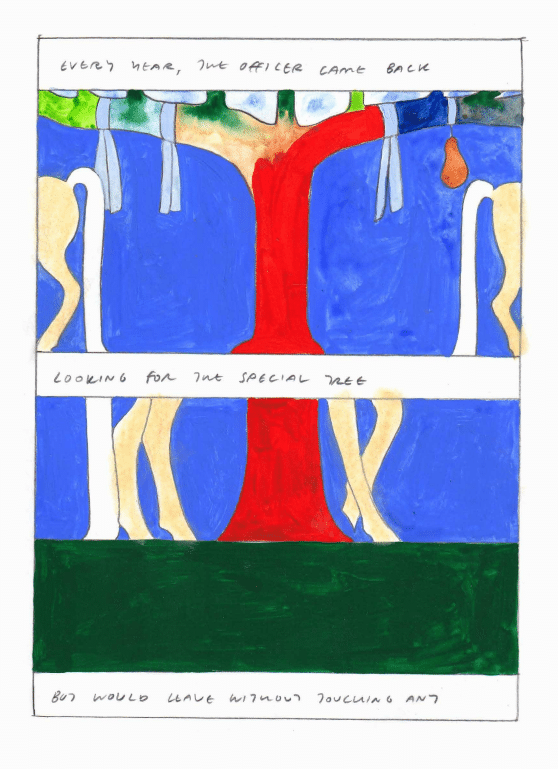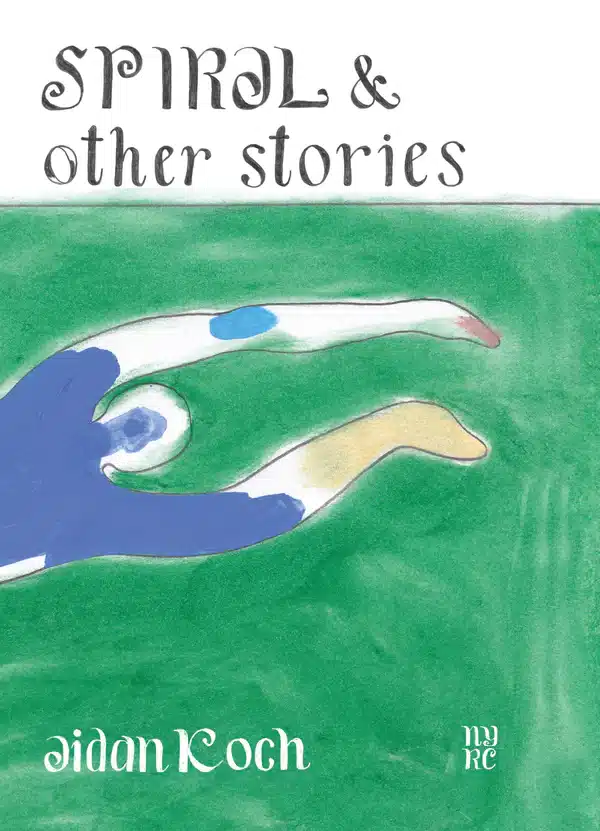
 Spirals and other stories
Spirals and other stories
cartoonist: Aidan Koch
Publisher: new york review books
release date: April 2024
Aidan Koch’s comics tend to explore the relationship between the natural world and society’s driven individualistic desires. A space that makes us feel safe, comfortable, and at home can also deprive us of connections with others, isolate us from our surroundings, and confuse sunlight with personal intimacy. Koch’s work uses mechanical pencils, eraser smudges, and handwritten lettering to make each page relevant and invite you into her complex world. Negative space, geometric shapes, and color textures all help to slowly build a complex narrative on each page.
Spirals and other stories This is a collection of 4 short stories, most of which are stories called “Spiral”. The themes of each story are interconnected, dealing with the concepts of human individualism and connection to nature. The core content of this book is to show us how shared social practices, whether through art or mythology, can break down the separation of existing social structures and even narrative structures to unite around a mood or sense of connection.
“Spiral” is divided into 10 chapters, depicted as hours appearing on a clock face. The story alternates between odd-numbered chapters about a man deciding to move to a farm to pursue their art, and even-numbered chapters about two rivers flowing into each other. Koch’s use of shape here highlights the tension between the search for self and unity with nature and community. On every page, the geometric outlines of the buildings and spaces that separate us are juxtaposed with the flowing round shapes and colors of nature.

The use of color gives each natural feature a specific texture, thus helping to enhance the overall mood of the piece. While paneling may break up an image, or lines create literal separation between people, a fluidity remains from page to page. The contrast of color and line creates an impression of longing, calling the reader to break these divides on the page.
The story of Rivers Collide helps illuminate this central idea by showing us how connections can be made without socially constructed boundaries. Koch wrote in the second chapter of “Spiral”:
“Their movements are joyful.
They play among rocks and branches.
Take them with you instead of slowing down.
The river is presented to us not only as a force of nature, but also as an anthropomorphic representation of the human struggle in the story. In our characters, there is a tension between the solitary desire to understand the self and the joys, needs, and expectations of community. Even when trying to move away from a person, the opportunity to connect is always there. Rather than fighting against it, the river allows us to move towards it, taking everything with us rather than remaining separate.

The second story, “New Year,” continues to depict the close connection between human identity and nature by focusing on the centrality of myth. We learn the story of a village that sees all nature as alive. Everyone and everything helps the greater community of plants, animals, insects and humans. To reflect this unity, a special tree in the center of the village, containing the souls of the dead, is decorated every year.

The myth of the tree helps demonstrate how Koch sought to explore the connection between humans and nature and their relationship to labor and ritual. Everybody works together, everybody lives together, everybody celebrates together. This gives the village the aura and spirit of the here and now. What ultimately matters is not the central tree, but the way the village comes together, cooperates and protects in order to sustain them.
The Forest takes these ideas we’ve discussed so far and gives Koch a space to express the various instincts of her artistic style. The images of the forest are more detailed than what we have seen so far, but the strength here still lies in the personification of the natural images, suggesting larger structures and everyday practices. Nature, and life itself, is not based on separation. Here we see the rich contrasts in Koch’s own style, giving the reader room to infer mood and develop a connection with the trees with similar thematic goals as the previous two stories. We move from reading the human lessons of rivers, to the relationship of mythology to nature, and finally to the appearance of various forests and rivers, allowing us to bring the essence of the story into the images.
Finally, “Man-Made Lake” concludes the series by returning to the more direct narrative of a person talking to a therapist. Koch used mixed media and paint here to contrast the negative space created by the panels with cool, flowing blues and lush tree branches.

The choice to depict a world of buildings and cars in their most basic units of shape, a world full of lines and emptiness, helps to depict the missing inner lives of the characters. The world you see in fish and water is more vibrant than the world we see in those of us who live enclosed by walls and buildings. The final story feels like a call to humanity and nature, almost art in a John Dewey sense, emphasizing the absence of your surroundings.
Spirals and other stories is a masterful collection of moody, thoughtful comics that realize the full potential of the form. The ideas of the overall work are densely reflected on every page, and Koch’s gentle and curious approach to questions of human nature and nature deserves serious consideration. This is a comic that makes you want to drive to the river and stare at the world for a few hours.
Read more great reviews from The Beat!

